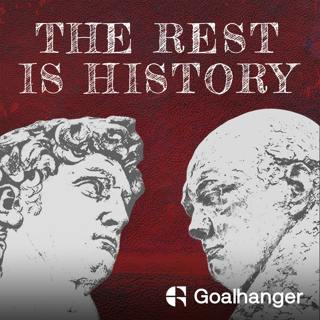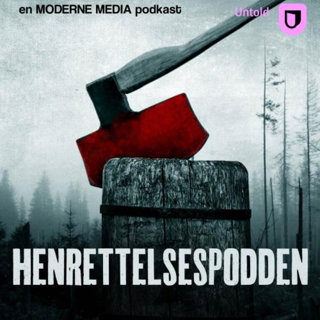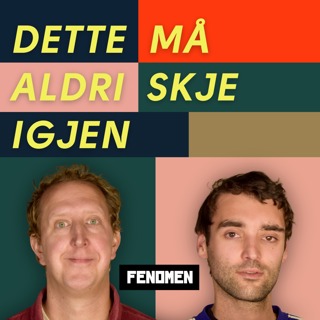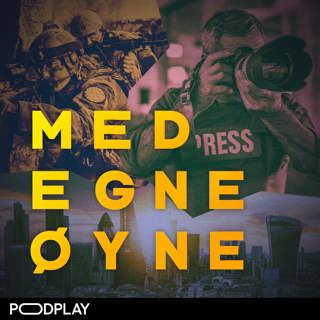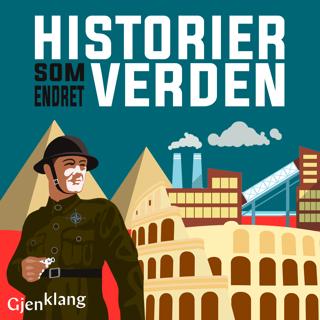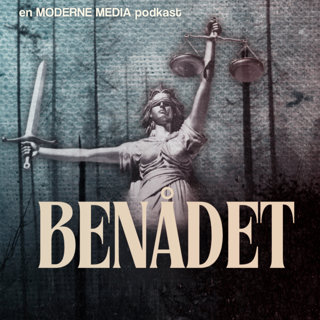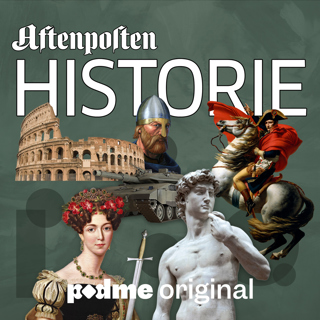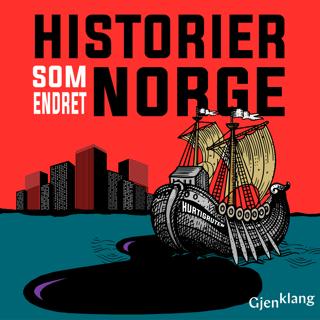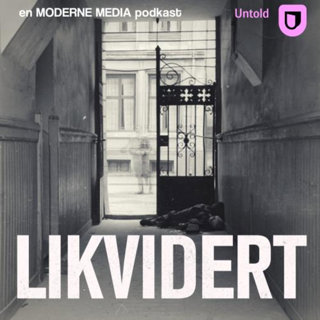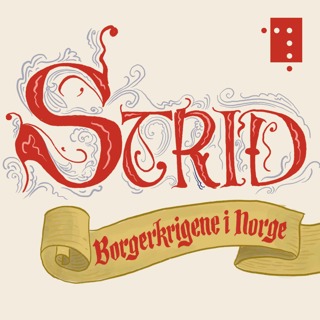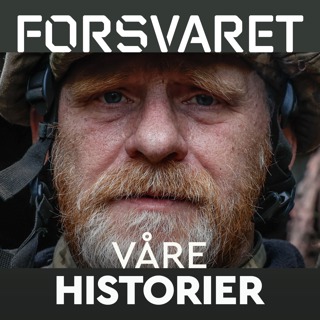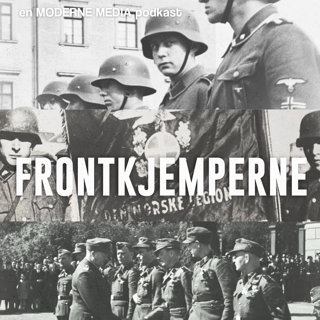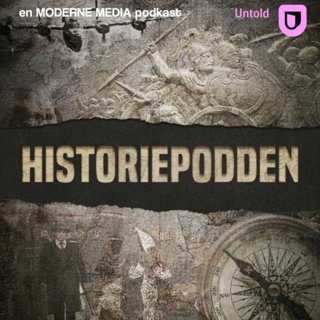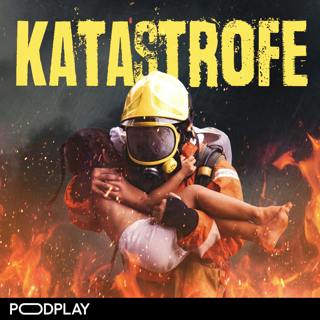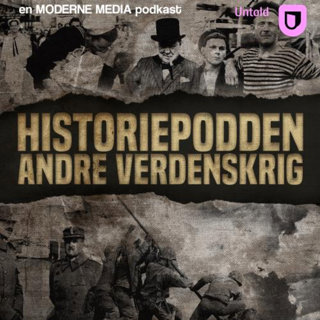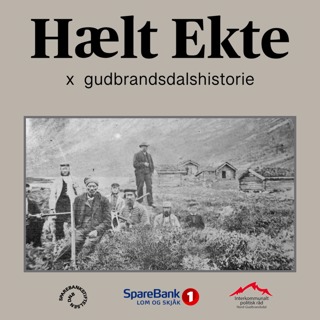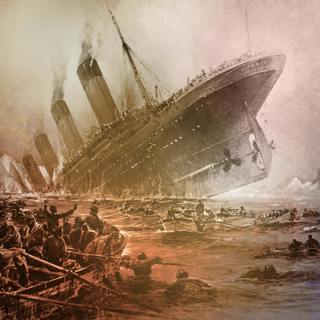
429. Titanic: Countdown to Disaster (Part 3)
The drama and tragedy of the Titanic’s sinking has spawned all manner of myths about those who left Southampton on the 10th of April 1912, and for four days luxuriated in the ship’s modern facilities, extravagant interiors, and plush cabins. Among them were many magnates and tycoons, such as J.J. Astor, the richest man onboard, and the American businessman Ben Guggenheim. Conspicuously absent, however, was J. P. Morgan, who cancelled his booking at the last minute, and five days later would find his greatest business competitors eliminated… Just as intriguing though, and often overlooked, were the Titanic’s second class passengers: middle-aged men with their teenage mistresses, a father who had his kidnapped his children, excited migrant families, and Joseph Laroche, a brilliant engineer and the only black man on board, for whom the Titanic provided the chance to start a new life- the same was true for many others. Join Tom and Dominic as they explore the dazzling, eccentric and endlessly fascinating First and Second Class passengers of the Titanic, whose extraordinary lives shine all the brighter for the terrible danger and tragedy waiting for them on the icy horizon… *The Rest Is History LIVE in 2024* Tom and Dominic are back onstage this summer, at Hampton Court Palace in London! Buy your tickets here: therestishistory.com Twitter: @TheRestHistory @holland_tom @dcsandbrook Producer: Theo Young-Smith Assistant Producer: Tabby Syrett Executive Producers: Jack Davenport + Tony Pastor Learn more about your ad choices. Visit podcastchoices.com/adchoices
14 Mar 202446min

428. Titanic: Kings of the World (Part 2)
The Titanic was a product of the furious competition of the late Gilded Age, and no expenses were spared to make her the most extraordinary and luxurious ship ever built. The height of an eleven-story building, fully electric, and with first class suites designed for the world’s wealthiest, the Titanic embodied the Edwardian obsessions with grandeur and greatness. But the ship was also designed to accommodate immigrants, who made up the majority of its passengers, in third class, or “steerage”. But is their any truth behind the myths surrounding class-based mistreatment of the poorer passengers, in contrast to the over-pampered rich? Was safety sacrificed in favour of a hubristic lust for luxury and grandeur? Join Dominic and Tom as they discuss the Titanic’s sumptuous, modern interiors, her gargantuan proportions, and the stories of builders who brought her to life. They dive into a world of butlers, stewards, maids and crewmen, and look into the man whose name would later become synonymous with disaster: the Titanic’s captain, Edward Smith. *The Rest Is History LIVE in 2024* Tom and Dominic are back onstage this summer, at Hampton Court Palace in London! Buy your tickets here: therestishistory.com Twitter: @TheRestHistory @holland_tom @dcsandbrook Producer: Theo Young-Smith Assistant Producer: Tabby Syrett Executive Producers: Jack Davenport + Tony Pastor Learn more about your ad choices. Visit podcastchoices.com/adchoices
12 Mar 202450min

427. Titanic: The Tragedy Begins (Part 1)
"There is no danger that Titanic will sink. The boat is unsinkable and nothing but inconvenience will be suffered by the passengers." The sinking of the Titanic, on a freezing Sunday night in April 1912, claimed more than 1500 lives. But how this state-of-the-art ocean liner came to be is also a story full of drama, encapsulating the turn of the century’s spirit of competition and drive for modernity. The booming financial world of the 1900s, rising immigration, the excitement of speed and steam, and an ever-growing transatlantic rivalry between Britain and the U.S. all played a part in the liner’s inception. And from this era emerged three men who would shape the Titanic’s journey: J.P. Morgan, an American titan of business; Thomas Ismay, the English magnate who owned the ship’s parent company; and William Pirrie, a leading British shipbuilder. Between these three men and two pivotal cities - New York and Belfast - the origins of the disaster that defined a generation can be traced… Join Tom and Dominic as they discuss the context behind the building of RMS Titanic. From the rivalries of the transatlantic liner industry, to the tensions surrounding the Irish Home Rule movement, the story of the “unsinkable” began in a tumultuous age. *The Rest Is History LIVE in 2024* Tom and Dominic are back onstage this summer, at Hampton Court Palace in London! Buy your tickets here: therestishistory.com Twitter: @TheRestHistory @holland_tom @dcsandbrook Producer: Theo Young-Smith Assistant Producer: Tabby Syrett Executive Producers: Jack Davenport + Tony Pastor Learn more about your ad choices. Visit podcastchoices.com/adchoices
11 Mar 202446min
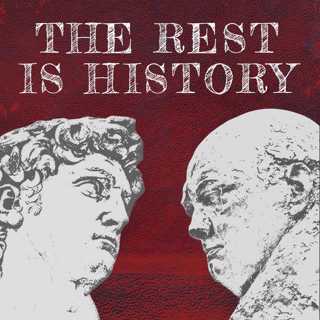
426. History's Greatest Monkeys
Man in his arrogance thinks himself a great work, worthy the interposition of a deity. More humble, and I believe truer, to consider him created from animals. A military grave from the 5th century BC was found to contain something extraordinary; a macaque monkey dressed as a roman legionary. Did he fight alongside his human fellows, or merely serve as their mascot? Whatever the case, it demonstrates the role of monkeys and chimps throughout human history. From antiquity, when to possess a monkey signified status, to the the east where they symbolised corruption and vice, to the fighting pits of regency London where the ape Jacco Macacco had fortunes lost and won on his violent exploits. So too the monkey accused of treason during the Napoleonic Wars, the noble Corporal Jackie, a South African baboon who nursed injured human soldiers during WWII, and Jenny; the orangutan who in her commonality with man influenced Darwin's theory of evolution. Less earnest but just as dazzling was the role of monkeys and chips in art and culture. From starring roles on television amidst the glitz and glamor of Hollywood, to the diva-like personalities of Elvis’ erratic Scatter and Michael Jackson’s infamous Bubbles. Join Dominic and Tom as they reveal history’s greatest apes, orangutans and monkeys, and the extraordinary lives they lead. From Roman legionaries, war veterans and train conductors, to superstars, football mascots and artists, these remarkable creatures have featured in every corner of human life, imitating us, befriending us and even influencing us. *The Rest Is History LIVE in 2024* Tom and Dominic are back onstage this summer, at Hampton Court Palace in London! Buy your tickets here: therestishistory.com Twitter: @TheRestHistory @holland_tom @dcsandbrook Producer: Theo Young-Smith Assistant Producer: Tabby Syrett Executive Producers: Jack Davenport + Tony Pastor Learn more about your ad choices. Visit podcastchoices.com/adchoices
7 Mar 202458min

425. The History Of Chocolate
‘For if a person fatigued with long and hard labour, or with a violent agitation of the mind, takes a good dish of chocolate, he shall perceive almost instantly that his faintness shall cease, and his strength shall be recovered’ The Cacao tree was first domesticated by the Olmecs in Mesoamerica, possibly as early as 1500 BC, and was then first encountered by Europeans in the 16th century, when it is said that the Aztec Emperor Montezuma welcomed Hernan Cortes into his dominion with a mysterious dark drink. Indeed, Chocolate was originally consumed as a drink, and was a cornerstone of Aztec life, whether used as currency or as part of religious rituals. Brought back by the conquistadors to Europe, Chocolate slowly spread through the continent, particularly among the ruling classes, up until the industrial revolution of the 19th century, when technical advancements allowed for chocolate to be made into a food, at a far lower cost. This paved the way for Quaker families, such as the Cadburys or the Frys, keen to find an alternative to alcohol, to make the snack available to the masses… Tom and Dominic have partnered with Cadbury, in celebration of their 200th year anniversary, to explore the story of how chocolate, from its Mesoamerican origins, became a British favourite. Over the coming months, Cadbury will be announcing more plans for its 200th anniversary year, including ways that fans nationwide can get involved in the celebrations. For more information, visit: https://www.cadbury.co.uk/about/anniversary/200-years-of-cadbury/ *The Rest Is History LIVE in 2024* Tom and Dominic are back onstage this summer, at Hampton Court Palace in London! Buy your tickets here: therestishistory.com Twitter: @TheRestHistory @holland_tom @dcsandbrook Producer: Theo Young-Smith Assistant Producer: Tabby Syrett Executive Producers: Jack Davenport + Tony Pastor Learn more about your ad choices. Visit podcastchoices.com/adchoices
4 Mar 202447min

424. Carthage vs. Rome: Total War (Part 4)
In the third century BC, a clash which had been brewing for centuries finally erupted: Rome, the ruthless imperialist upstart dominating Italy, against Carthage, the ancient but sinister apex predator of the Mediterranean. The conflict sparked in Messina in 263 BC, and went on for over two decades, as the fortunes of both powers rose and fell. Rome’s superior, land-based army proved the perfect match to the Carthaginians’ maritime might, though both forces rapidly adapted to the expertise of their foe. By 250 BC, Carthage was embattled and flailing, and in need of a hero, to restore the fate of Carthage, and ensure her survival… Join Tom and Dominic as they discuss the outbreak of the First Punic War, in which history’s greatest rivalry, Rome vs Carthage, finally came to blows. As the established power of Carthage was challenged by the rise of a new contender in Rome, but could either live in a world where the other survived? *The Rest Is History LIVE in 2024* Tom and Dominic are back onstage this summer, at Hampton Court Palace in London! Buy your tickets here: therestishistory.com Twitter: @TheRestHistory @holland_tom @dcsandbrook Producer: Theo Young-Smith Assistant Producer: Tabby Syrett Executive Producers: Jack Davenport + Tony Pastor Learn more about your ad choices. Visit podcastchoices.com/adchoices
29 Feb 202453min

423. Carthage vs. Rome: The Wolf at the Gates (Part 3)
“Every man is the architect of his own destiny” Long before Rome reigned over the Mediterranean, there was Carthage: the supreme predator of Antiquity. But how did Rome rise to become one of the most ruthless powers of all time, united in cold, disciplined violence? And what was it about the Roman people that made them the greatest threat Carthage would ever face? Whilst the Carthaginians depended upon foreign mercenaries, Rome’s legions were formed of Romans, all committed to protecting and furthering the interests of Rome. And unlike anyone before, the Roman people shared a collective sense of destiny, with Roman citizenship generously offered to all conquered peoples. But following the Sack of Rome by Gauls in 390 BC, the Romans would become even more ruthless, disciplined and bent on total victory… Join Tom and Dominic as they discuss the rise of Rome, history’s most famous superpower. By 285 BC her dominion of Italy was almost complete. Only one thing stood in her way: the formidable military leader Pyrrhus. He alone foresaw the destruction to come, and the “beautiful killing ground” that would emerge when, ten years later, Rome and Carthage would finally go to war… *The Rest Is History LIVE in 2024* Tom and Dominic are back onstage this summer, at Hampton Court Palace in London! Buy your tickets here: therestishistory.com Twitter: @TheRestHistory @holland_tom @dcsandbrook Producer: Theo Young-Smith Assistant Producer: Tabby Syrett Executive Producers: Jack Davenport + Tony Pastor Learn more about your ad choices. Visit podcastchoices.com/adchoices
26 Feb 202449min

422. Ancient Carthage: Rise of a Superpower (Part 2)
“An aristocratic republic, secret and well-ordered, where individuals are subject to the harsh laws of the austere and disciplined rich…” The mysterious, wealthy and glamorous city of Carthage flourished between the ninth and second centuries BC, becoming one of the greatest naval and mercantile powers in the world. By the sixth century BC the Carthaginians were a force to be reckoned with, holding off assaults from various Greek rivals, and starting to colonise larger parts of the Mediterranean. Where once there had been a barren wasteland, now stood glittering villas and temples, bustling marketplaces, and vast walls stretching down to the sea. Yet Carthage also had a reputation for violence and cruelty. Bloody human offerings were made to the gods, with hundreds of Carthaginian children cast into the flames, whilst crucifixion was often inflicted on generals who fell short of Carthage’s exacting standards… Join Tom and Dominic as they explore the extraordinary rise of Carthage, a city of blazing innovation and sinister mystique. By the third century BC it seemed that no power could ever rival it. But little did the Carthaginians know that another city, a minnow from an Italian backwater, was on the rise. A city that may even one day challenge her supremacy: Rome. *The Rest Is History LIVE in 2024* Tom and Dominic are back onstage this summer, at Hampton Court Palace in London! Buy your tickets here: therestishistory.com Twitter: @TheRestHistory @holland_tom @dcsandbrook Producer: Theo Young-Smith Assistant Producer: Tabby Syrett Executive Producers: Jack Davenport + Tony Pastor Learn more about your ad choices. Visit podcastchoices.com/adchoices
22 Feb 202453min
